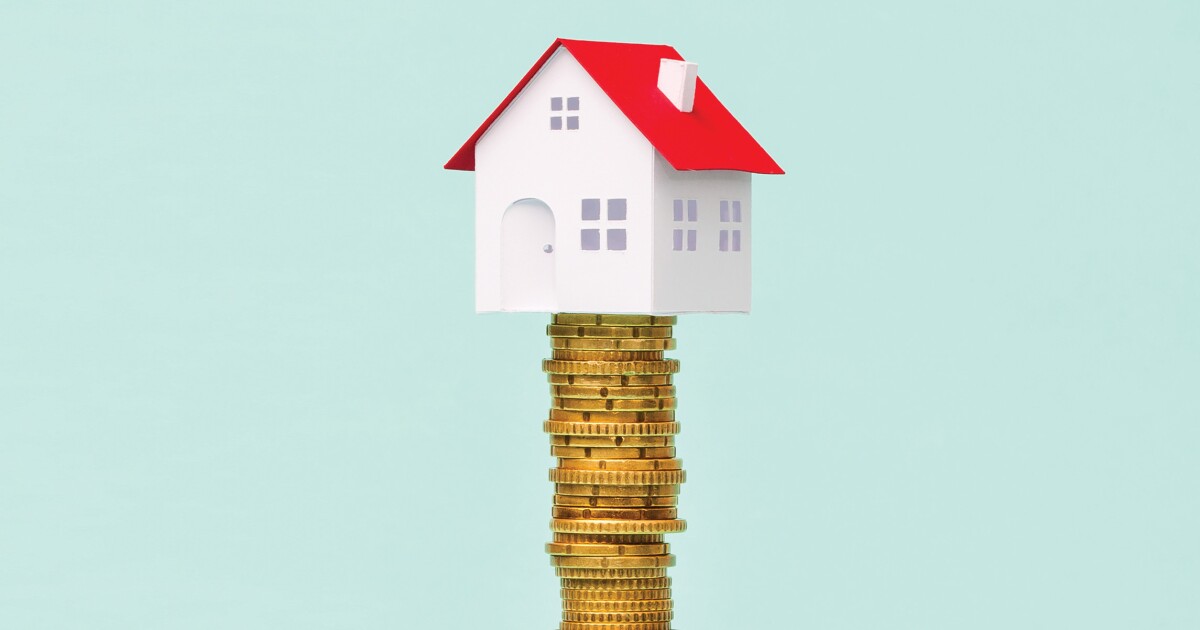

Mortgage rates have risen to their highest level in 23 years, wreaking havoc on the housing market and making life more challenging for homebuyers.
As of Thursday, the average rate on a 30-year, fixed-rate mortgage was 8.03%, according to Mortgage News Daily, which tracks daily changes in rates. That is more than 2 percentage points higher than the 30-year rate was in February. The last time rates passed 8% was in 2000, according to separate records maintained by Freddie Mac.
EXISTING HOME SALES FALL TO LOWEST LEVEL SINCE 2010 AS HIGH MORTGAGE RATES FREEZE MARKET
The average rate on a 15-year, fixed-rate mortgage is now clocking in at 7.35%.
While the Mortgage News Daily dataset only goes back to 2009, the group’s chief operating officer, Matthew Graham, said there is “no question” that rates are the highest they have been in 23 years.
“The first break above the 23-year ceiling took place in late 2022, and it wasn’t challenged again until August of 2023. Since then, however, we haven’t made it more than a few weeks without hitting a new long-term high,” he said in a news release.
The housing market has been roiled by the higher mortgage rates, which have put home purchases out of reach for many buyers. They’ve also led many homeowners to avoid selling because they do not want to give up mortgages with interest rates well below current market rates.
Existing home sales last month slowed 2% to a seasonally adjusted annual rate of 3.96 million, the National Association of Realtors reported on Thursday. That is the lowest level since 2010, showing the profound effect the higher rates have had on housing affordability and demand.
The pace of home sales in September was down a whopping 15.4% from the year before.
Meanwhile, the latest data on new home sales show they fell 8.7% from July to August to a seasonally adjusted annual rate of 675,000, according to the Census Bureau.
The Federal Reserve has been raising interest rates since March 2022 and has hiked its rate target (which is a different, very short-term rate) from near-zero to 5.25% to 5.50%, the highest since the dot-com bubble. The higher short-term rates are meant to translate into higher rates across different financial instruments, including mortgages.
Mortgage rates can also move higher in response to the mere anticipation that the Fed will raise rates again or hold off on cutting rates for longer. It is unclear whether the central bank will raise its interest rate target again as part of its current tightening cycle.
On Thursday, Fed Chairman Jerome Powell delivered his last speech before the next meeting in which Fed officials will decide what to do with interest rates. Powell hinted that the Fed’s monetary policy committee would keep rates steady at the meeting but left the door open to more rate revisions should they be warranted.
“Given the uncertainties and risks and how far we have come, the committee is proceeding carefully,” Powell said. “We will make decisions about the extent of additional policy firming and how long policy will remain restrictive based on the totality of the incoming data, the evolving outlook, and the balance of risks.”
While most investors think the Fed will hold its rate target at 5.25% to 5.50% at the end of the month, they are split on what the central bank will do later this year and into next year, according to CME Group’s FedWatch tool, which calculates the probability using futures contract prices for rates in the short-term market targeted by the Fed.
Investors assign about a 40% probability that the federal funds rate will be higher by the end of January than now.
It is unclear how high mortgage rates might go. Historically speaking, the last time mortgage rates crossed above 9% was in 1994, and the last time they eclipsed 10% was in 1990. Graham, the COO at Mortgage News Daily, said consumers will just have to wait and see whether rates go higher.
CLICK HERE TO READ MORE FROM THE WASHINGTON EXAMINER
“Are rates headed to 10%? It’s too soon to say or know,” Graham said. “Certainly, we would never want to rule out the possibility of any interest rate that is only 2% away from current rates.”
“On the other hand, if the Fed is correct in their assessment that no further rate hikes are needed to facilitate monetary policy, it would take increasingly surprising data/events to push rates higher at the prevailing pace,” he added.





